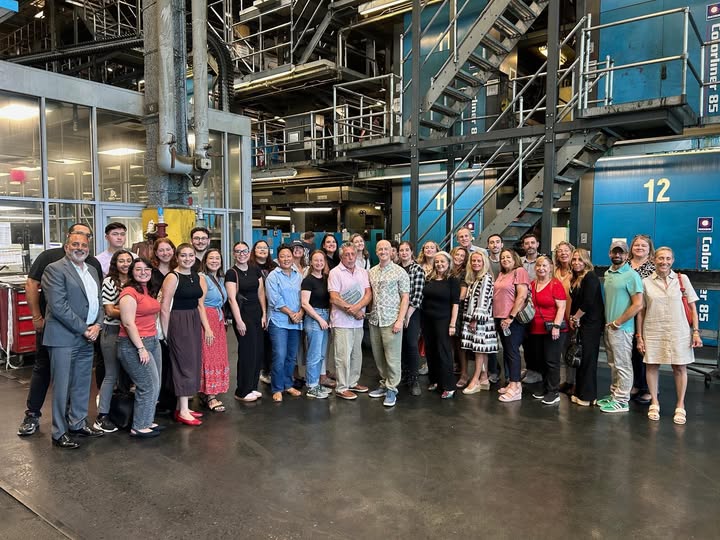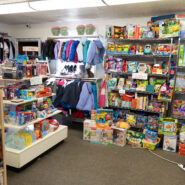Social media and the earthquake in Japan
After the earthquake in Japan last Friday, social media like Twitter and Facebook helped people in Japan communicate with one another and those outside of the country despite the chaos. Phone lines and wireless service had been disrupted throughout the country, and many found the best way to find out the location of their friends and family was by looking at their Twitter accounts.
Even the United States Department of State recommends that “where possible, you may be able to contact family members using text message or social media such as Facebook or Twitter” in their Japan Travel Alert, while warning that many phones may not work yet.
My friend, Naoko, is from Tokyo and works at Temple. She has kept herself up to date on the status of Japan’s power plants by looking at Twitter and searching #genpatsu, which is power plant in Japanese. She continues to find the most information about what is happening in Japan from Twitter because the Japanese government, which has tighter control over news agencies than in America, does not want to incite panic by releasing too much information. Naoko has been compiling a lot of links and information that she has gathered from various sources including Facebook and putting it all onto a Live Blog: Earthquake in Japan.
In addition, Naoko watches a live stream of NHK (Japan Broadcasting Corp) from Japan on Ustream, which is shown alongside tweets from viewers, some asking “Where is it safe to go now?” while others offer their opinions on how the country is handling the disaster. The interaction between news coverage and social media is so important here because this is news that is affecting an entire nation.
Some people are using Twitter and the like to help garner donations. “Pray for Japan” is a donation effort organized by advertising professionals in Tokyo who, “believing in the power of design,” are spreading around the logos below to help organize donations for the Japanese earthquake. You can download the logo from their website and use it to help inspire others to donate.
Google has also opened up the Google Person Finder: 2011 Japan Earthquake to help people in Japan spread information about their whereabouts and to aid search efforts.
In all these ways and more, it appears that social media really shows its full potential in situations like natural disasters. It is important to have open lines of communication in times of crisis because, at the very least, one may be able to find the information they need to keep going.







